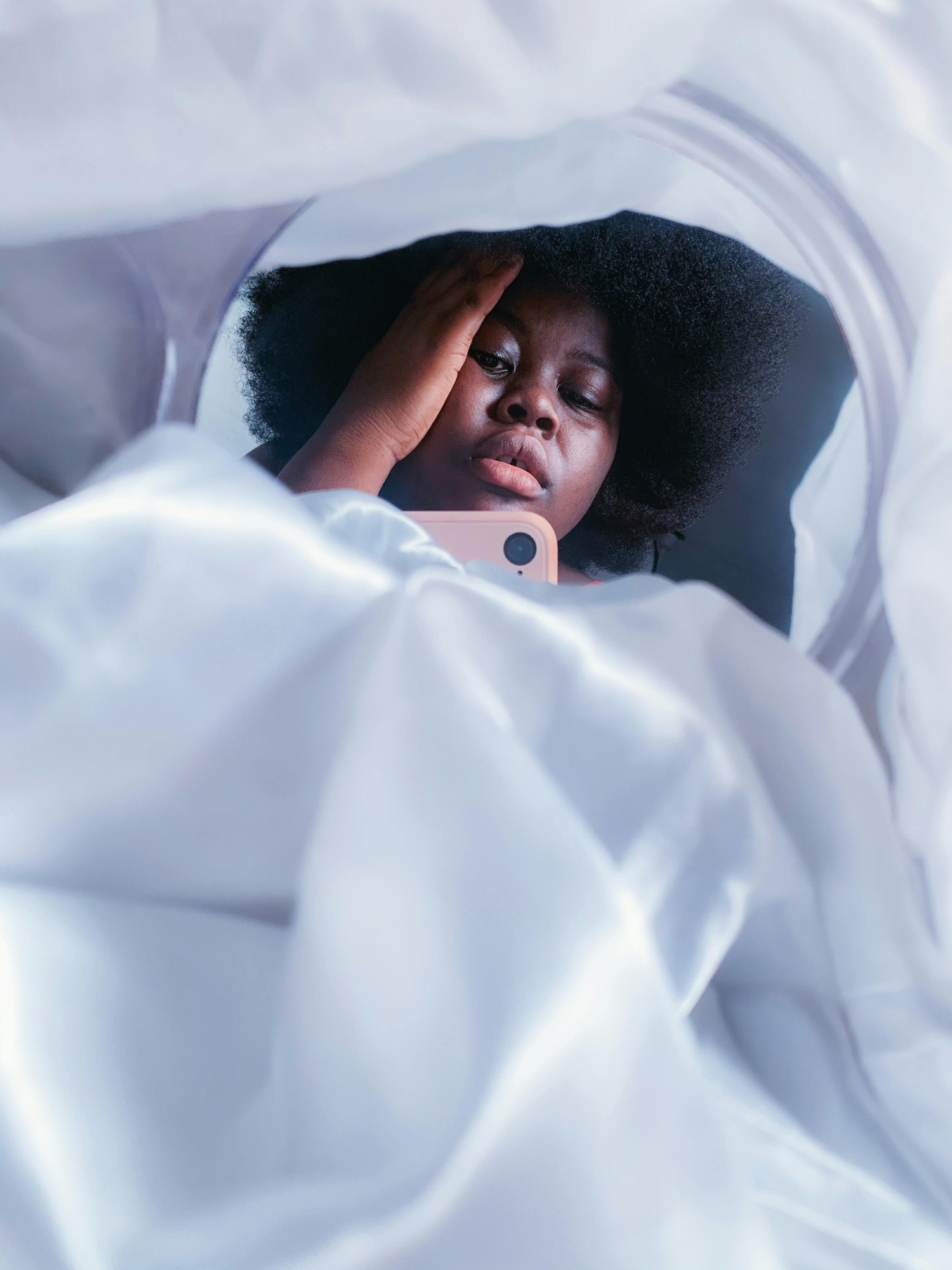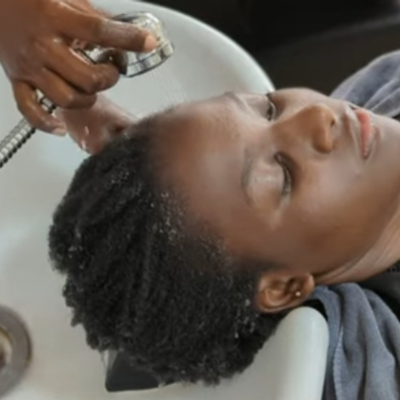- Support 24/7
- +1 (480) 468-4543
- livara@mylivara.com
Multiple Hair Textures On You Head? Here’s Everything You Need To Know

Demystifying Texturizing: The Truth About Texturizing Natural Hair
April 3, 2024
Stop The Damage Now! 6 Ways You Didn’t Know You’re Damaging Your Dreadlocks
April 5, 2024
Natural hair, often referred to as our crowning glory, is as diverse and unique as the people who possess it. Yet, for decades, the beauty industry has attempted to categorize this diversity into neat classifications, most notably through the Andre Walker hair typing system. However, this system, ranging from 1a to 4c, fails to capture the intricate nuances of our hair, leading to misconceptions and frustrations among many. In reality, most of us harbor more than one kind of hair texture, density, and other characteristics on our heads, defying simple categorization. We’ll be delving into why your head may have different hair textures to better understand the complexity.
The Flaws of the Andre Walker Hair Typing System
The Andre Walker hair typing system, also known as The Hair Chart, which was popularized by Oprah Winfrey’s longtime hairstylist in the 1990s, categorizes hair into four main types based on curl pattern, from straight to tightly coiled. While this system serves as a basic guideline, it oversimplifies the diversity of hair and fails to consider crucial factors such as porosity, strand thickness, density, and elasticity. As a result, many individuals find themselves misclassified or feel inadequately represented by this system.
Multiple Textures: A Common Reality
Contrary to the rigid categories of the Andre Walker system, the reality is that most people possess multiple textures on their heads. For instance, one might have loose waves at the crown, tighter curls at the nape, and a combination of textures throughout. This diversity can be influenced by factors like genetics, environmental elements, and even styling practices, highlighting the obvious flaw of trying to limit our hair into one single category.
The LOIS Typing System: A Holistic Approach
Recognizing the limitations of the Andre Walker system, many individuals have turned to alternative methods for understanding their hair. One such approach is the LOIS typing system.
The LOIS Hair Typing System is a classification method designed to describe and categorize different hair types, particularly among Black women. Unlike some other hair typing systems, LOIS avoids using numerical labels and instead uses letters to represent specific characteristics of hair strands. Let’s delve into the details:
- L (Bend): Hair strands with bends, folds, and minimal or no pronounced curves fall into this category. These strands may have slight waves or kinks but lack defined curls or spirals.
- O (Curl): Strands in this category form tight curls that resemble the shape of the letter “O.” These curls can be coiled or rolled up, creating a circular pattern.
- I (Straight): Straight hair with no significant curves or bends is represented by the letter “I.” These strands lack natural waves, curls, or kinks.
- S (Wave): Hair strands with an “S” shape fall into this category. They exhibit gentle waves, creating hills and valleys along the length of the strand.
The LOIS system goes beyond just curl patterns. It also considers other factors such as hair width, sheen, and shine. To determine your hair type using LOIS, follow these steps:
- Wash your hair without any products.
- Examine the freshly washed strands.
- Allow your hair to dry slightly and observe where your strands fall within the LOIS categories.
For an in-depth view on how the LOIS system works and how to best determine your individual hair type, check out this video: https://youtu.be/xwMFG4lT4jY?feature=shared
Nurturing Your Unique Hair: Care Tips
Whether you prefer LOIS or other systems, the goal is to celebrate the diversity of natural hair and nurture it with the right care. Here are some tips to help you out:
- Hydration: Like a thirsty plant, our hair craves moisture. Regardless of which different hair textures you harbor, you need to be feeding your hair with the moisture it needs so it can thrive. Deep condition weekly (it’s really easy; find out how to do it here), use leave-in treatments, apply water-based moisturizers regularly, and seal in all the moisture with natural oils.
- Detangling: Be gentle—even with different textures, our strands are still delicate. Techniques like finger detangling and use of wide-tooth combs are your best allies. Additionally, avoid combing your hair too much as this usually results in breakage and overall loss of length.
- Protective Styling: To avoid the trouble of having to daily manipulate your natural hair, keep it in protective styles like braids, twists, cornrows, or even dreadlocks. These styles conveniently keep your hair out of the way and shield it from the environmental elements. Remember to give your hair a break of a few days or weeks before switching to another protective style.
- Love and Patience: Show your hair the love it deserves by caring for it properly. With consistent proper care and patience, your different textured natural hair will thrive.
Bottomline
Understanding the uniqueness and diversity of our natural hair is crucial. While systems like the Andre Walker hair typing system provide a starting point, they fail to capture the full spectrum of our hair’s complexity. By adopting a holistic approach, such as the LOIS typing system, and recognizing the ever-changing nature of our hair, we can cultivate a deeper appreciation for our natural hair. Remember, you are a gem.




1 Comment
Hi my family member I want to say that this post is awesome nice written and come with approximately all significant infos I would like to peer extra posts like this